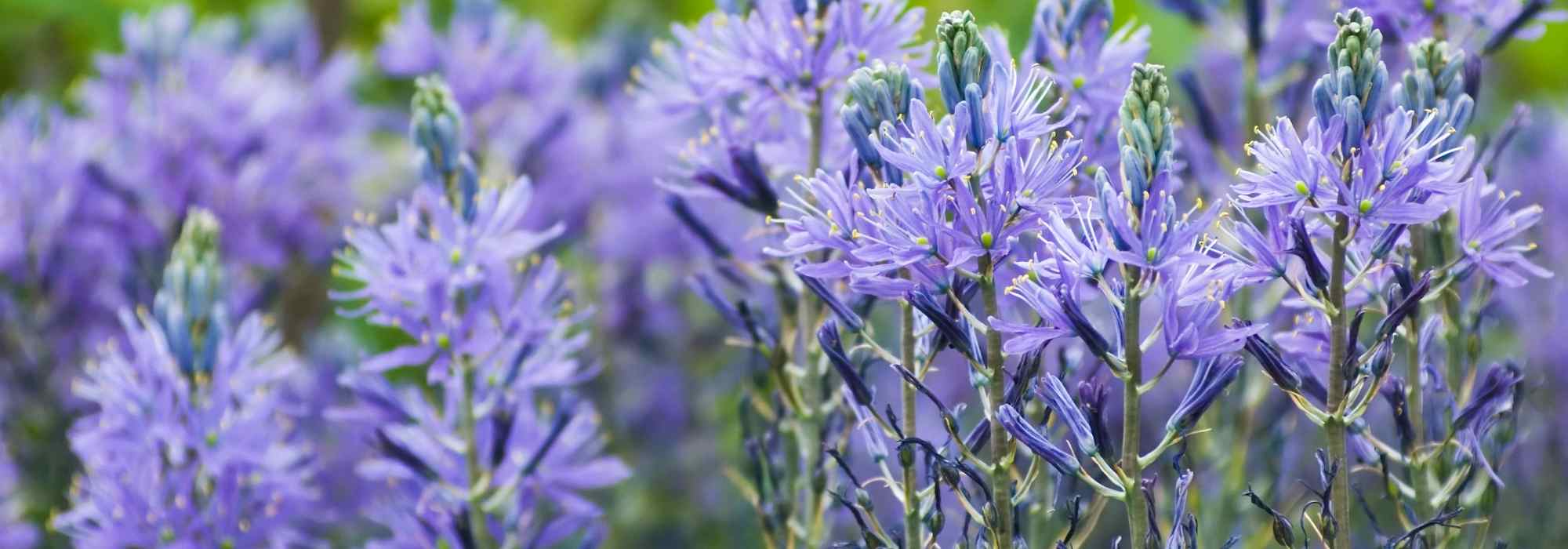
9 spring bulbs with blue flowers you must have in the garden
Essential blue flowering plants for spring
Contents
Spring blue flowerings are often the result of bulbous plants. They awaken with the first warming rays of the sun and display in the garden delightful and completely refreshing inflorescences in shades ranging from pastel blue to electric blue, including violet blues! This blue colour pairs perfectly with white or yellow, which also bursts forth here and there in March and April across lawns, pots, and borders.
Let’s take a look at blue flowering bulbs: elegant and poetic, most of them are very hardy. There’s at least one for your garden!
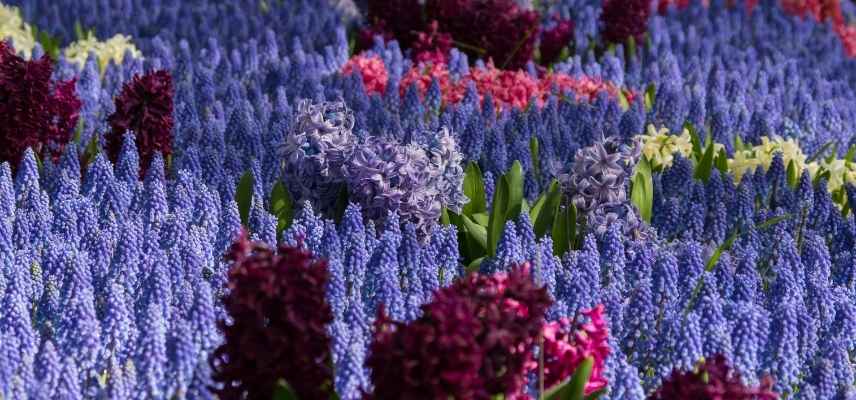
Hyacinths and muscari, a blue sea punctuated with a few violet and yellow touches
Camassia leichtlinii
Camassias are among the most elegant blue bulbous plants to plant in the garden! Although there are many cultivars of Camassias, Camassia leichtlinii remains a timeless classic with its pale blue hue. The cultivar ‘Caerulea’ is particularly ornamental with its light blue to violet-blue shade. The flowers have a delightful star-shaped form, which takes two to three weeks to fully open, from the bottom to the top of the spike, between April and May. This long flower stem measures between 10 and 30 cm, while the plant as a whole reaches nearly 80 cm tall.
Native to the wet meadows of North America, you can certainly plant Camassias by the water’s edge, although they are more often used as medium border plants. Like all delicately flowering bulbous plants, they benefit from being planted in masses; their pruinose, bluish-green linear foliage will remain in place until autumn.

Camassia leichtlinii ‘Caerulea’ (© FD Richards)
Hyacinth 'Delft Blue'
Hyacinths are unmatched in welcoming spring with their compact, colourful spikes. The blue-flowered varieties are particularly beautiful and refined, in addition to offering their incredibly sweet fragrances. ’Delft Blue’ is a reliable choice, a stunning blue beauty displaying its stems reminiscent of the colour of the famous Dutch ceramics, between February and March. Even the stem is strongly blue! ‘Delft Blue’ has been awarded by the Royal Horticultural Society, a mark of excellence and floribundity for this cultivar that should definitely be included in the garden or in pots, in sunny to very lightly shaded areas.
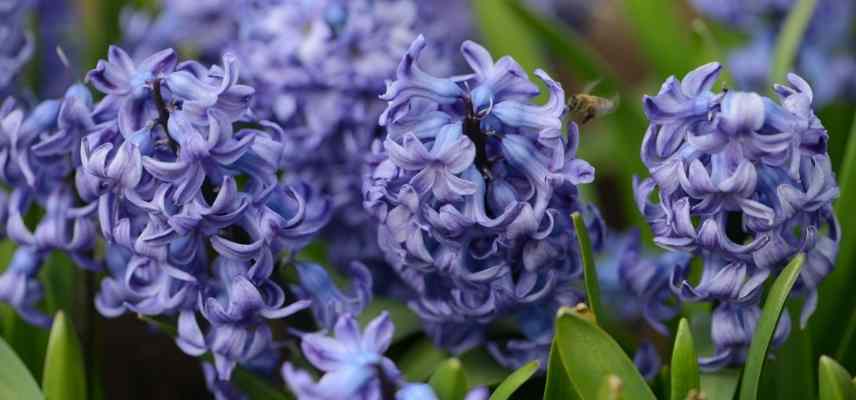
Hyacinth ‘Delft Blue’
Discover other Spring bulbs
View all →Available in 1 sizes
Available in 1 sizes
Available in 1 sizes
Available in 1 sizes
Available in 1 sizes
Available in 1 sizes
Available in 1 sizes
Available in 0 sizes
Available in 1 sizes
Available in 1 sizes
Chionodoxa
Also known as Glory of the snow, Chionodoxa is a small bulbous plant that deserves a place in this selection. Less well-known than others, it has all the qualities to colour spring blue: an early flowering from February to April, great hardiness, charming cobalt blue star-shaped flower clusters, and a tendency to naturalise over time… The colour of the small flowers of the most well-known species, Chionodoxa luciliae, is a light blue with a white centre, very refreshing.
This species from Asia Minor joyfully enhances an alpine rockery or a sunny border, with plants growing to 15 cm in height. The Chionodoxa sardensis is another equally refined species for bright undergrowth or mass planting. All require well-drained, light, humus-bearing soil.

Chionodoxa sardensis
→ Learn all about Chionodoxa in our comprehensive guide.
Iris reticulata
In the beautiful family of Iridaceae, Iris reticulata is a top choice bulb for brightening gardens early in the season. Completely hardy, these dwarf irises remain low, often 15 to 20 cm in height, or even less in some varieties. Their advantage? A long flowering period: at least 3 weeks, exceptional hardiness, and some of the most intense blues. In certain cultivars, the lower sepals are maculate with striking and graphic stripes or spots, such as in ‘Blue Note’, featuring very fine dark blue tepals maculate with white, or ‘Katharina Hodgkin’, which has very pale blue highlighted with yellow and dark blue stripes. Plant them in well-drained, dry, and light soil, ideally in full sun.
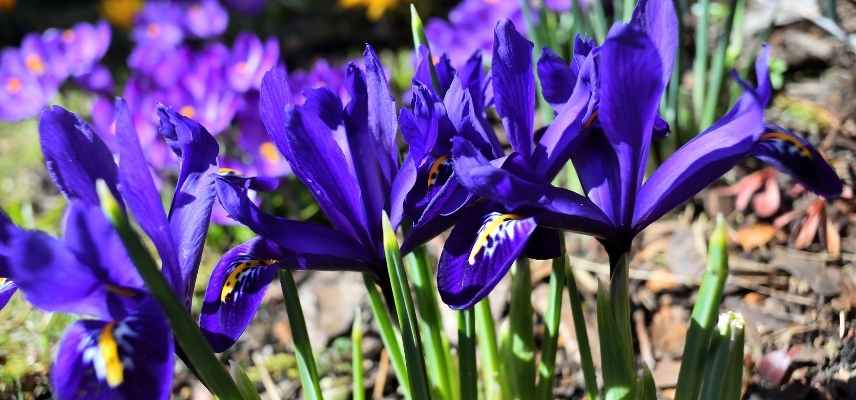
Iris reticulata ‘Harmony’
→ Learn more about Iris reticulata in our complete guide.
Ipheions
Graceful, charming, delightful… how can one resist these Spring Stars (their common name), small bulbous plants that herald the return of fine weather? The Ipheions indeed bloom as early as the end of winter, sometimes as early as February, forming a very low carpet of 10 to 15 cm high in sunny spots or very light shade, as they need sunlight to flower well. The Ipheions come in shades of pale to bright blue, but also sometimes in pink and white. Among the blue spring stars, we find the Ipheion uniflorum, native to South America, with a washed-out blue tinged with white, perfect for rockeries, borders, or under deciduous trees alongside other bulbous plants. There are many varieties, more or less colourful, including Ipheion uniflorum ‘Jessie’, which boasts a beautiful dark blue.
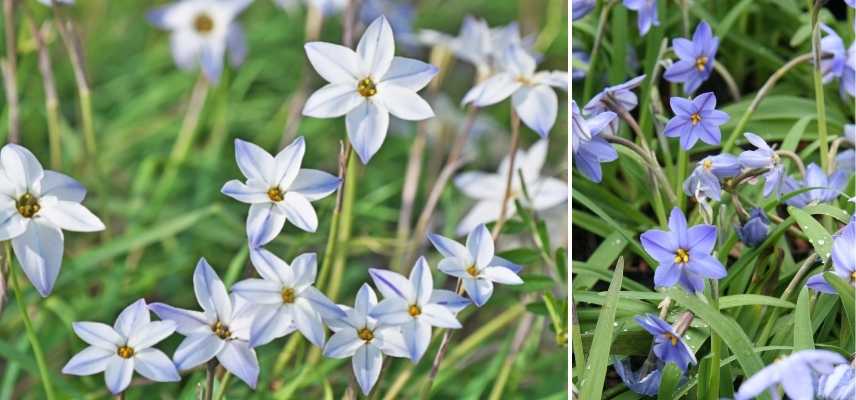
Ipheion uniflorum on the left, and Ipheion uniflorum ‘Jessie’ on the right
→ Learn all about Ipheions in our comprehensive guide. Also read: Growing Ipheion in the ground or in pots.
Muscari
As popular as daffodils and tulips, muscari can be found in many gardens… Let’s not shy away from the pleasure, as their flowering returns every year in March and April, with the bulbils naturalising into wider carpets, and they are easy plants requiring no maintenance. This type of miniature hyacinth has always charmed with its bell-shaped flowers arranged in tight clusters, in a variety of blue shades, from sky blue to cobalt and midnight blue. You can opt for the classic Muscari armeniacum, but also for original cultivars like the bicolour Muscari latifolium, or the darkest Muscari neglectum with its stunning midnight blue, or even the soft sky blue of Muscari ‘Peppermint’.
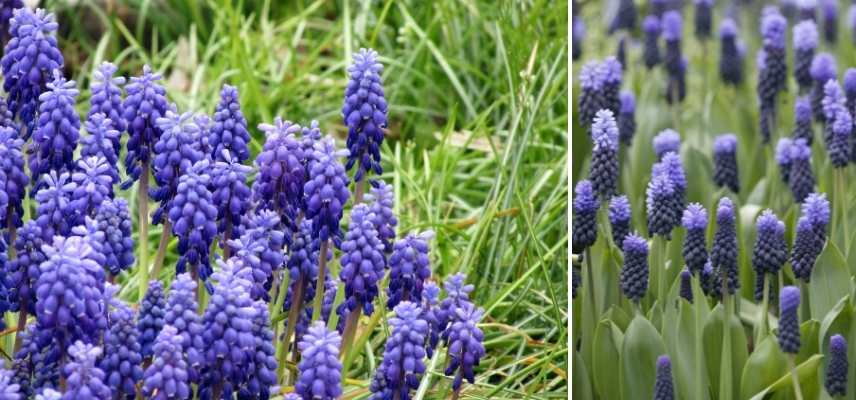
Muscari armeniacum and Muscari latifolium
→ Learn all about Muscari in our complete guide: Muscari, planting, growing advice and care.
Triteleia laxa
Less well-known to the general public than the bulbs in this selection, the Triteleias (or Brodiaeas) deserve our full attention, both for their divine colour and their appeal at the very end of spring, complementing other bulbous plants. The botanical species Triteleia laxa features flowering in May or June with an almost violet blue, truly captivating. The star-shaped flowers are held at about 40 cm, and the narrow, linear foliage forms beautiful clumps.
Triteleias, like other spring bulbs, will be enhanced when planted in groups in a lawn, at the edge of a perennial bed, or in pots to brighten up a balcony or terrace.
The variety ‘Rudy’ stands out with its ultra-refreshing bicolour hue, striated with white and periwinkle blue.

Triteleia laxa
Portuguese squill
Scillas are among those small spring bulbs that are easy to grow, featuring early flowering, most often in blue, but sometimes white or pink. They naturalise easily, forming blue carpets in natural areas, meadows, or borders.
While the Scilla nutans, or Wood Hyacinth, is well-known, the Portuguese squill (Scilla peruviana by its Latin name) is a somewhat unique bulb, less common. It is indeed a bit more tender than its relatives, tolerating only down to -10°C, and has a slower growth rate, but it compensates with a unique flowering, on a cone composed of around a hundred small star-shaped flowers in a deep violet-blue, accented by the yellow of the stamens, reaching a height of 40 cm. The strap-like foliage is a beautiful glossy green and is arranged in a wide rosette. The Peru Scilla flowers between March and May, a bit later than other scillas, often starting from the second year after planting. Native to the Iberian Peninsula, it requires sunlight and well-drained soil to thrive in the garden or in pots.
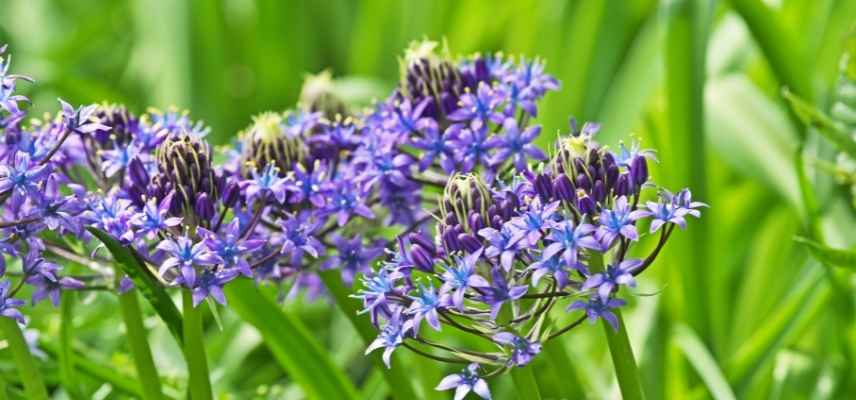
Scilla peruviana
→ Learn all about Scilla in our comprehensive guide.
Allium caeruleum
To finish beautifully in this undeniably attractive blue palette, here is one of the last blue flowerings of spring, a must-have bulb for contemporary to romantic gardens. With their ultra-graphic, large spherical flower heads, Alliums make a statement, even when faded, as dried bouquets in the home. Available in white or blue, like a spring cousin of the stunning Agapanthus, we adore them in XXL sizes with compact umbels, such as ‘Ambassador’ or ‘Globemaster’, or conversely, very feminine like Allium christophii, with very large umbels of rare elegance.
They often display a mauve-blue hue, the bluest being undoubtedly the Allium caeruleum (or Allium azureum), which derives its Latin name from the word for sky, referring to the azure blue of the inflorescence, a perfect little ball of only about 4 cm in diameter, but in this ultra-bright hue. Supported on tall stems of 80 cm, flowering between May and June, you can plant several bulbs in pots on a sunny terrace, or in the garden, always grouped to achieve a beautiful mass effect.
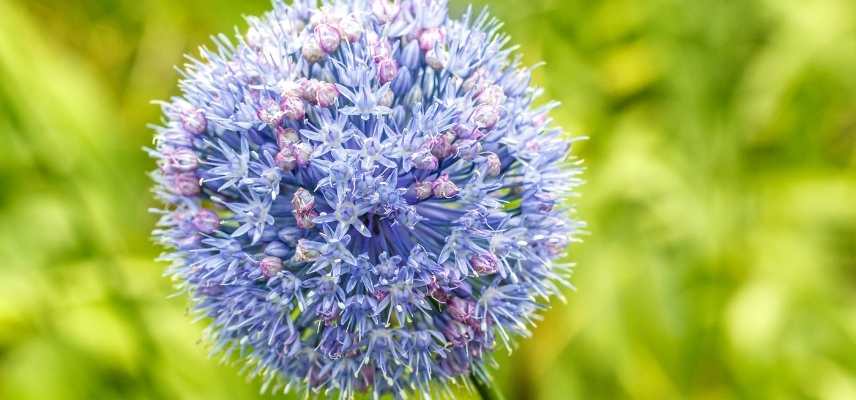
Allium caeruleum
To avoid any failure, we recommend planting appropriately; feel free to adopt our web application Plantfit.
- Subscribe!
- Contents
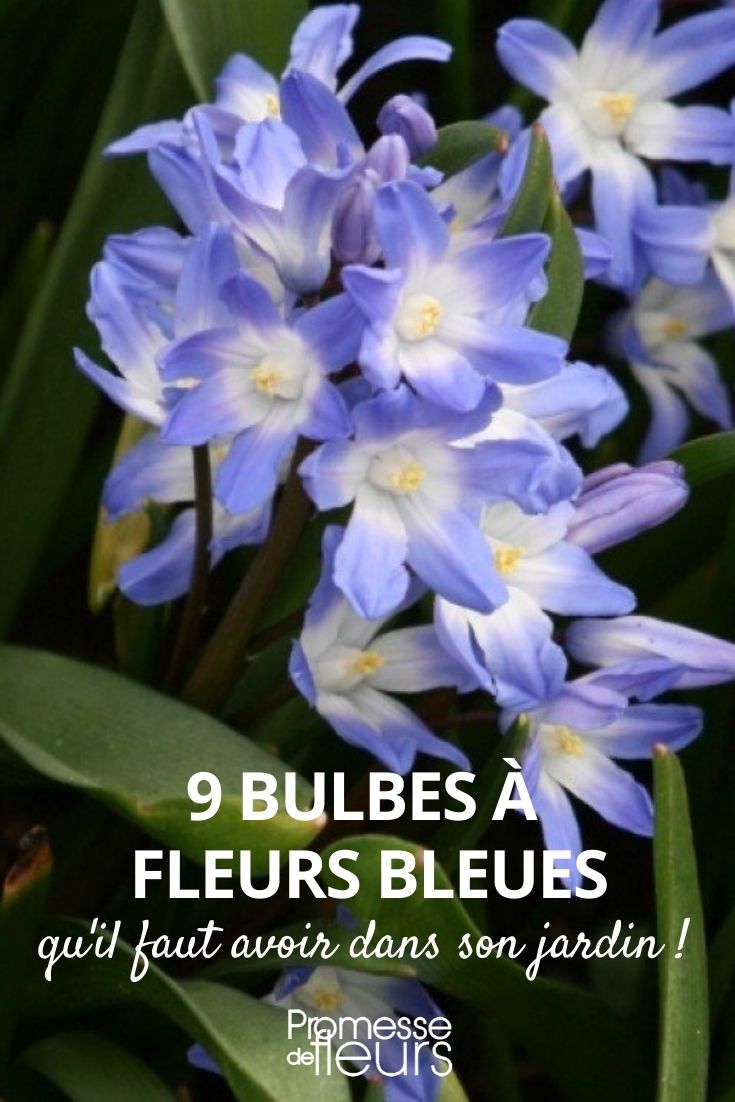































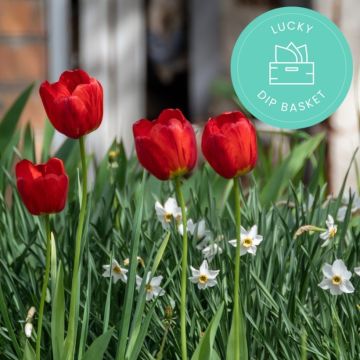

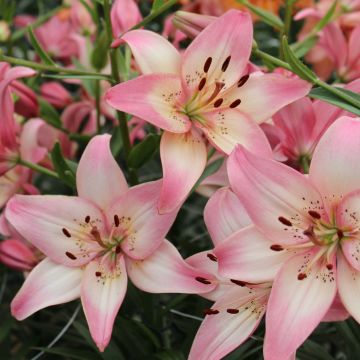
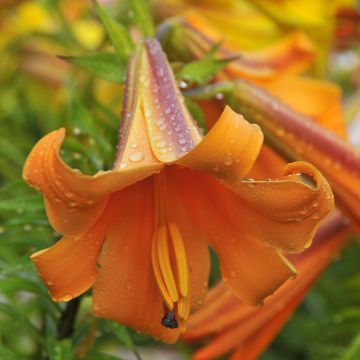
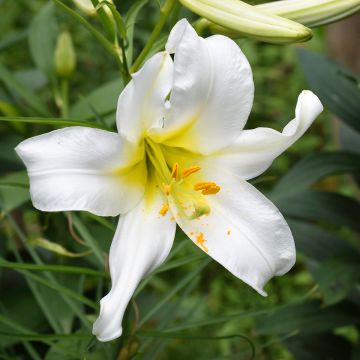
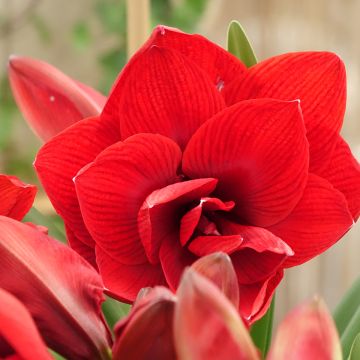
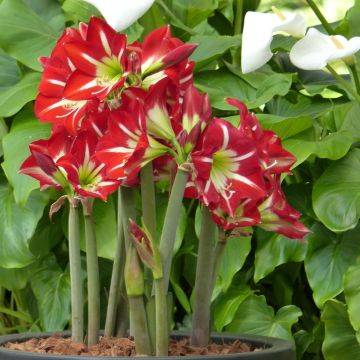
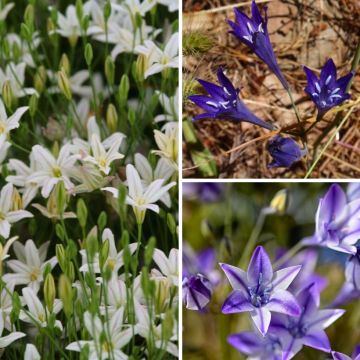


Comments